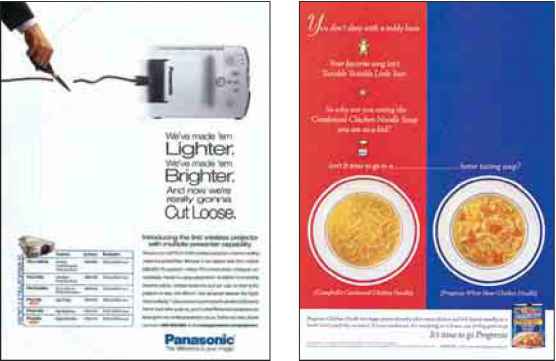Integration Processes and Decision Rules
Another important aspect of the alternative evaluation stage is the way consumers combine information about the characteristics of brands to arrive at a purchase decision. Integration processes are the way product knowledge, meanings, and beliefs are combined to evaluate two or more alternatives.19 Analysis of the integration process focuses on the different types of decision rules or strategies consumers use to decide among purchase alternatives.
Consumers often make purchase selections by using formal integration strategies or decision rules that require examination and comparison of alternatives on specific attributes. This process involves a very deliberate evaluation of the alternatives, attribute by attribute. When consumers apply such formal decision rules, marketers need to know which attributes are being considered so as to provide the information the consumers require.
Sometimes consumers make their purchase decisions using more simplified decision rules known as heuristics. Peter and Olson note that heuristics are easy to use and are highly adaptive to specific environmental situations (such as a retail store).20 For familiar products that are purchased frequently, consumers may use price-based heuristics (buy the least expensive brand) or promotion-based heuristics (choose the
Exhibit 4-12 Panasonic adds a new attribute for Exhibit 4-13 Progresso compares its products to customers to consider those offered by Campbell's
Exhibit 4-12 Panasonic adds a new attribute for Exhibit 4-13 Progresso compares its products to customers to consider those offered by Campbell's

Continue reading here: Variations in Consumer Decision Making
Was this article helpful?